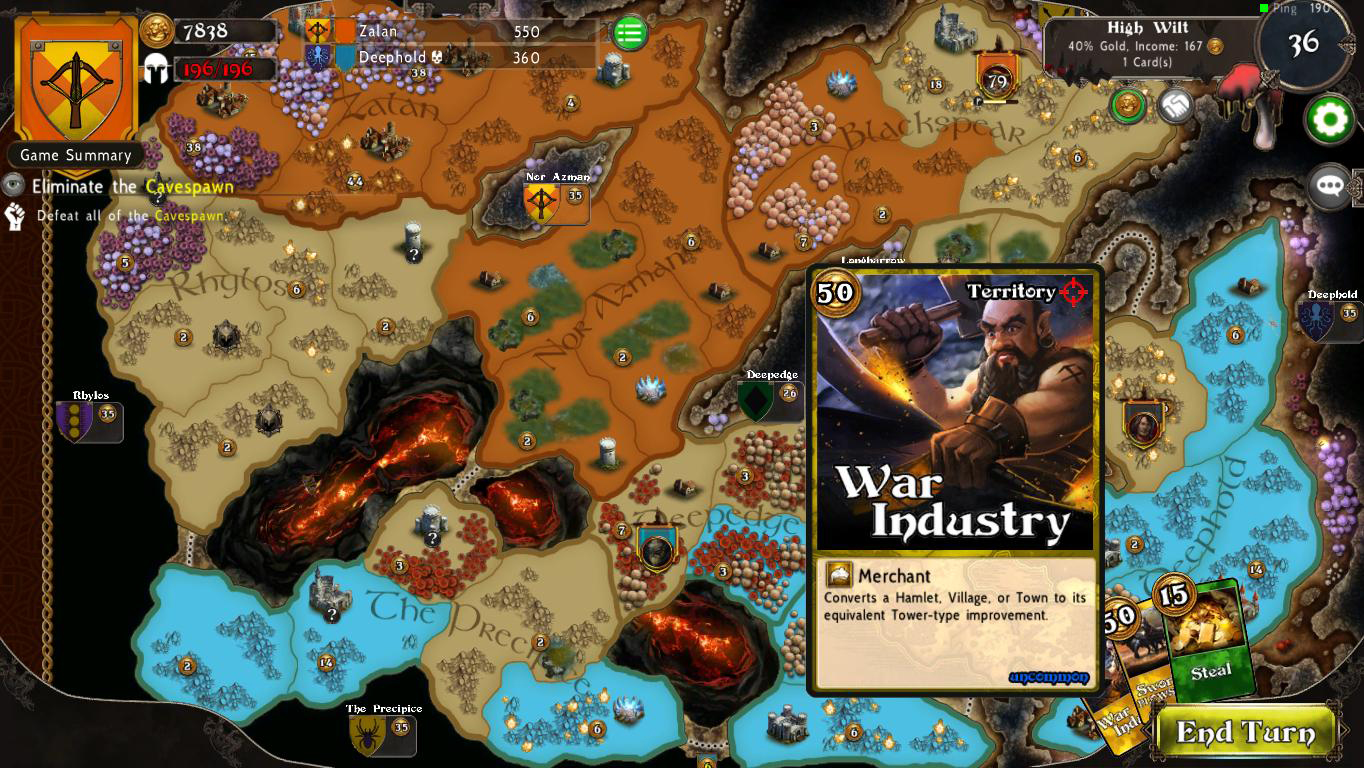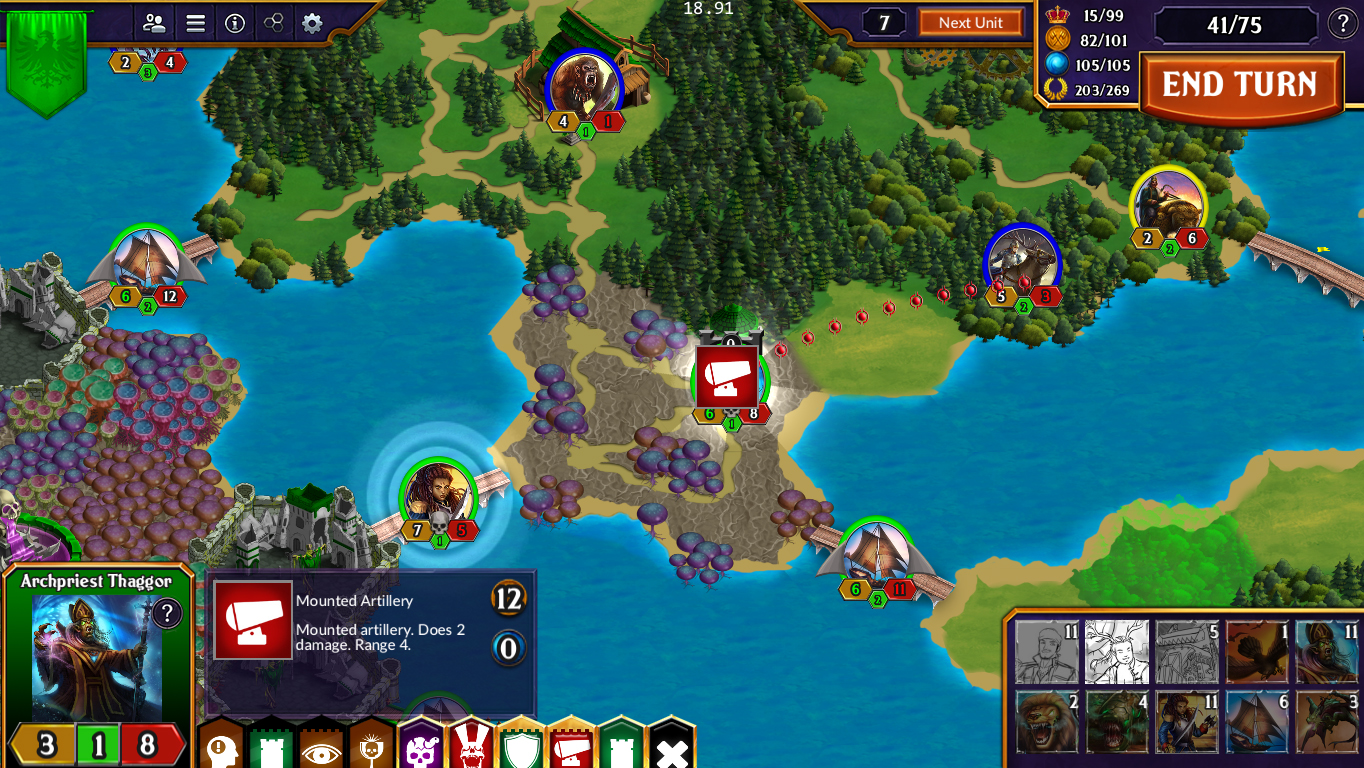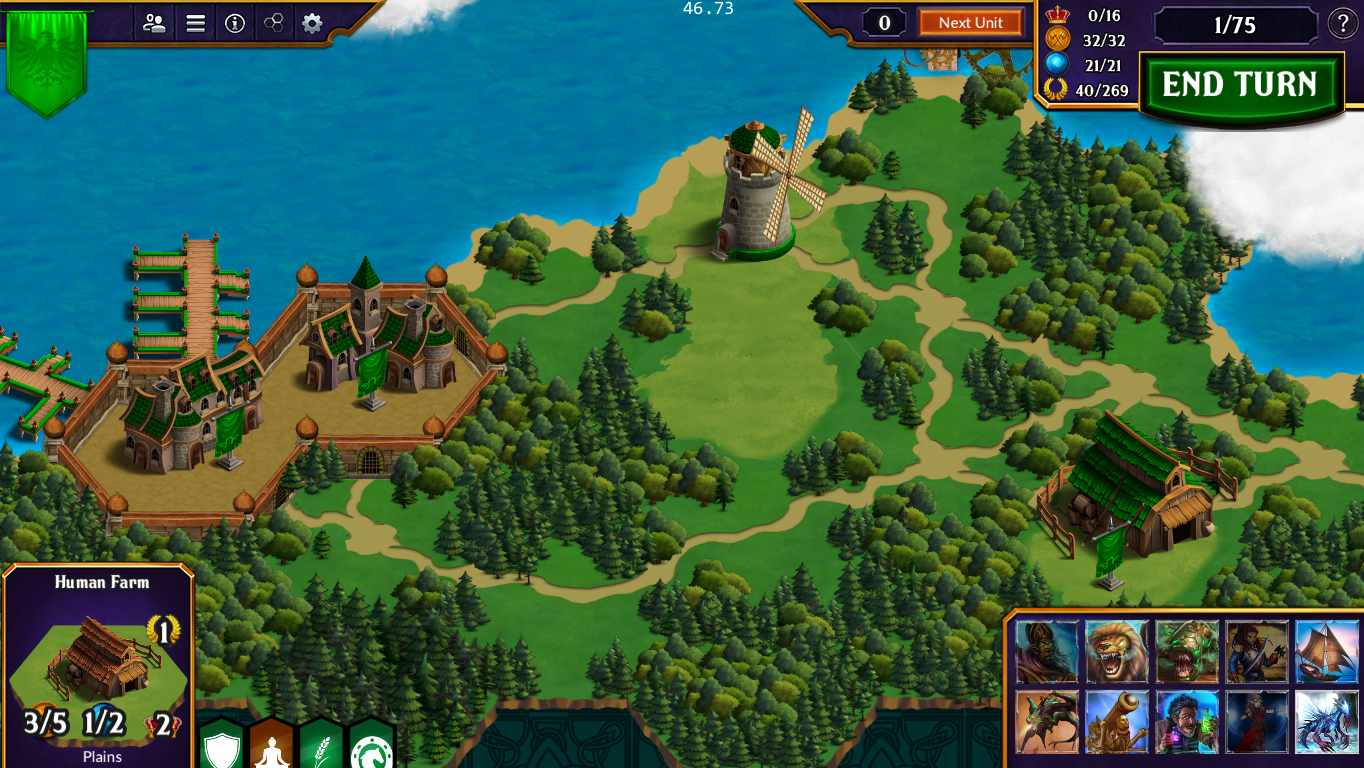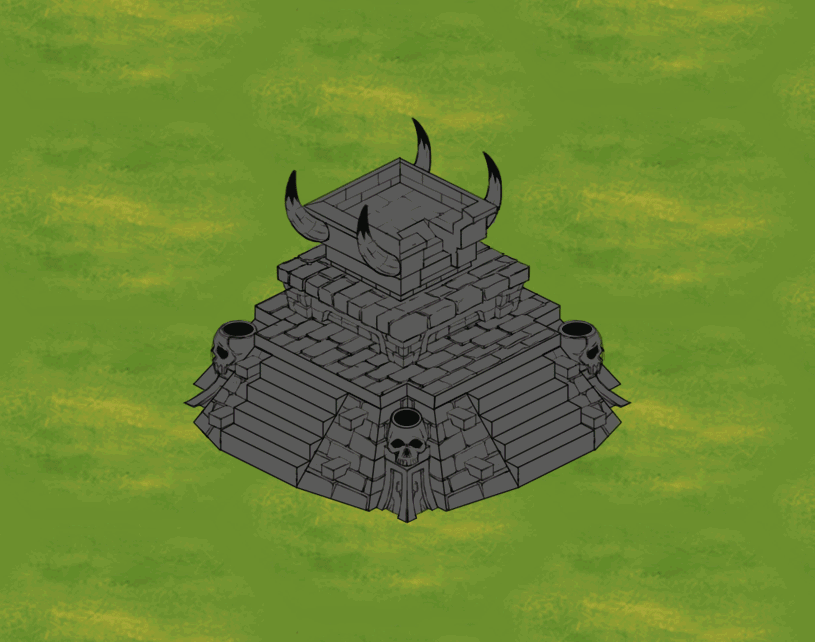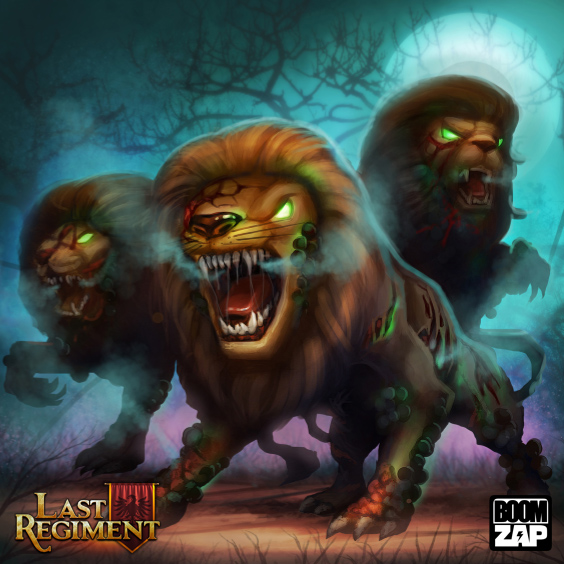Aside from our progress based on the discussion two weeks ago, today we shared some game development tips on how we manage our data using Microsoft Excel. As we said in a previous entry, we make use of spreadsheets as a repository for all the data that drives the game, so that it would be easy to manipulate and export into LUA files that the game actually uses.
Naming and Localization
An Excel file would have various tabs that relate to various things that are in the game, such as Minions. Each piece of data is related to one object in the game and follows a specific naming convention. For example, a creature called Tusked Apes in the game would be named “fact02_unit02”, since it’s the second unit in the second faction. We’d have records for “portrait_fact02_unit02”, “icon_fact02_unit02”, and so on. This allows us to quickly change things (like rename to Angry Apes?) without having to go through each of the records. It’s easier to cross-reference. But in terms of powers, we went the other way and decided to be more straightforward. We follow “pow_mountedguns” or “pow_invisibility” as our naming convention, but it’s still a systematized and reasonable way of naming and understanding things. This also makes it easier for us to localize the text later on.
Unit Stats and Costs
In terms of assigning units stats, we rearranged the data sheets and implemented a new two-level data management system in the last few days. We have base stats for Attack, HP, and Movement which are scaled in reference to each of the units. This is the first step in balancing: how strong or how weak compared to everyone else do we want our units to be? The next step is to say: how strong do I want attacks to be in general compared to everything else in the game? Then we’d multiply it by a constant to get the actual stats that we see.
After some playtesting we get two kids of feedback: 1) If a unit is too strong or weak, we change that unit’s base stats. 2) If a player thinks that attacks take too long or are too weak, then we change the constant so that all units become stronger. This way we can very quickly make adjustments, especially when we add more units in the future.
We use the same system in deciding the unit costs. How much do we think control points should be worth relative to others, and in general? We first created a basic rule that we can later on adjust when we know which powers are stronger or weaker than others. The formula is based on all the stats for each unit, rounded up to the nearest multiple of 5, to make it easier for players to remember.
Gameplay Changes
We spent some time adding in a lot of building types in the game with various fun abilities. However, we realized that it was less fun to have more stuff. We want players to make great, important decisions, not a thousand little tactical decisions. So we reduced the number of buildings with a substantial difference compared to the others.
The way buildings work now is that you can only build on a hard point if you have a unit with a build ability. All heroes can build, but there are some units such as Highborne engineers who also have the same ability. However, they can only build one kind out of the four racial building types (Human, Highborne, Goblin-Orc, and Kobold). These buildings can be upgraded along the racial type’s build chart.
We’re also adding in the concept or portals. Before, we had a rule about only being able to build on cities and ports which no one understood. These would now be removed from the game, and replaced with Portals.
We’ve also added a bunch of little changes, like additional animations, art changes, and updated UI.
Meanwhile, we’ve realized that most of factions that are too similar and have the same unit types. One of the things we should change is to create factions that have specific strengths and weaknesses.

